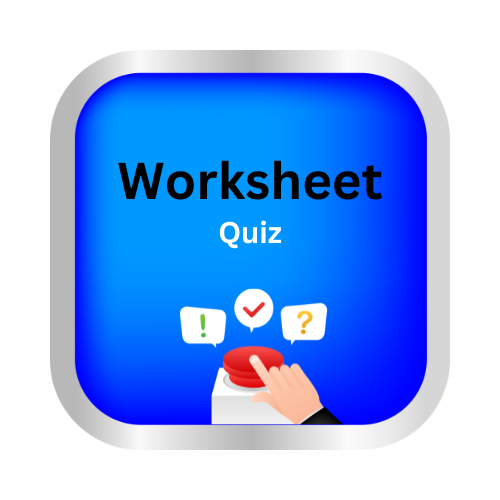Electric Motor
Key Notes:
Electric Motor
Introduction
- An electric motor is a device that converts electrical energy into mechanical energy.
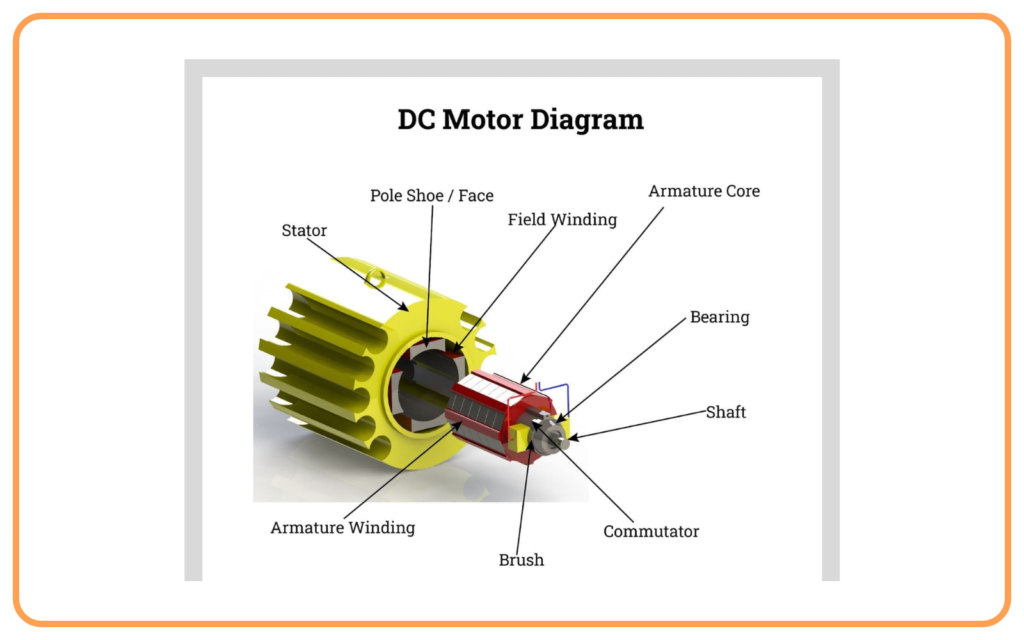
- It works on the principle of the force experienced by a current-carrying conductor in a magnetic field.
- Electric motors are used in devices like fans, washing machines, mixers, and many more.
Principle
An electric motor works on the principle of Fleming’s Left-Hand Rule:
- When a current-carrying conductor is placed in a magnetic field, it experiences a force.
- The direction of the force is determined by Fleming’s Left-Hand Rule:
- Thumb → Direction of force (motion).
- Forefinger → Direction of magnetic field.
- Middle finger → Direction of current.
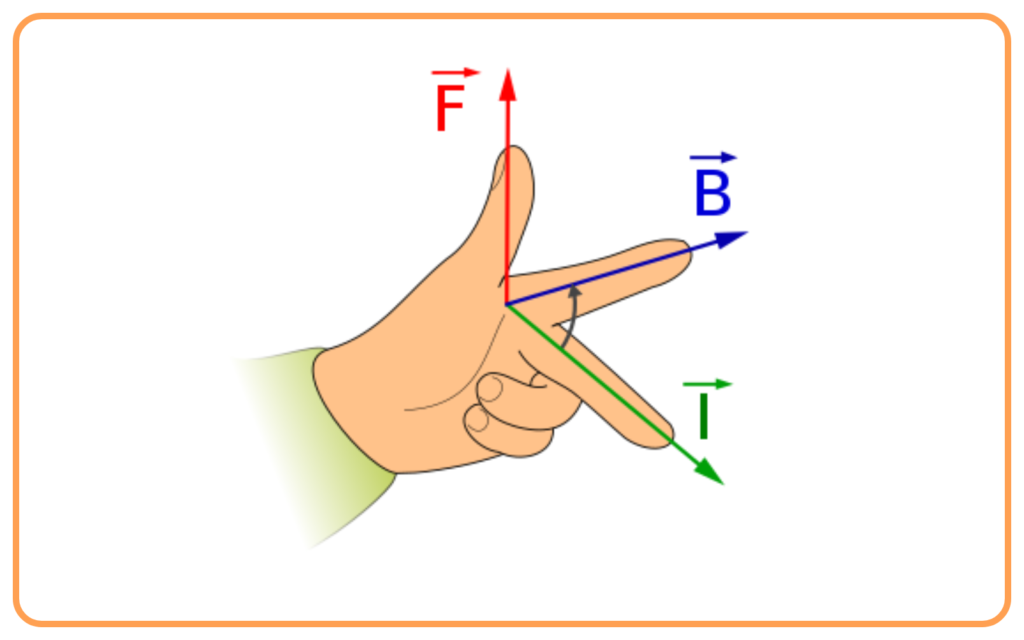
Construction of an Electric Motor
The main parts of a DC motor include:
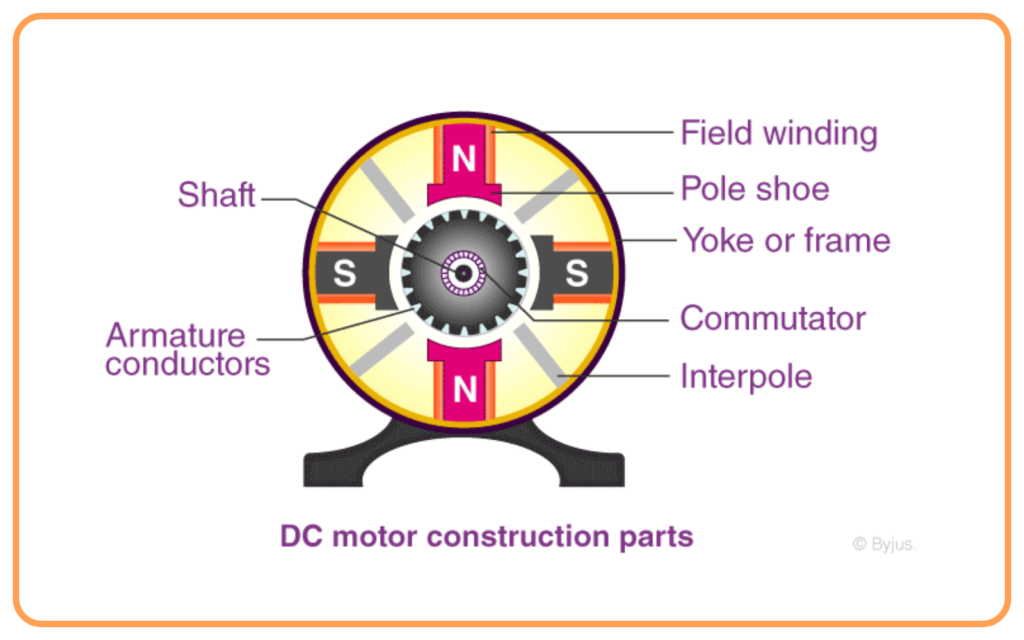
- Armature: A rectangular coil of insulated copper wire.
- Magnet: Two strong permanent magnets or electromagnets to create a magnetic field.
- Commutator: A split ring that reverses the direction of current in the armature.
- Brushes: Two carbon brushes that maintain contact between the commutator and the external circuit.
- Battery: Provides the electric current for the motor to work.
Working of an Electric Motor
- When current flows through the armature (rectangular coil), it produces a magnetic field around the coil.
- The magnetic field of the coil interacts with the magnetic field of the magnets.
- According to Fleming’s Left-Hand Rule, a force acts on both sides of the coil in opposite directions, causing the coil to rotate.
- The commutator ensures that the current direction in the coil reverses after every half rotation.
- This keeps the coil rotating continuously in the same direction.
- The mechanical energy generated is used to drive machines.
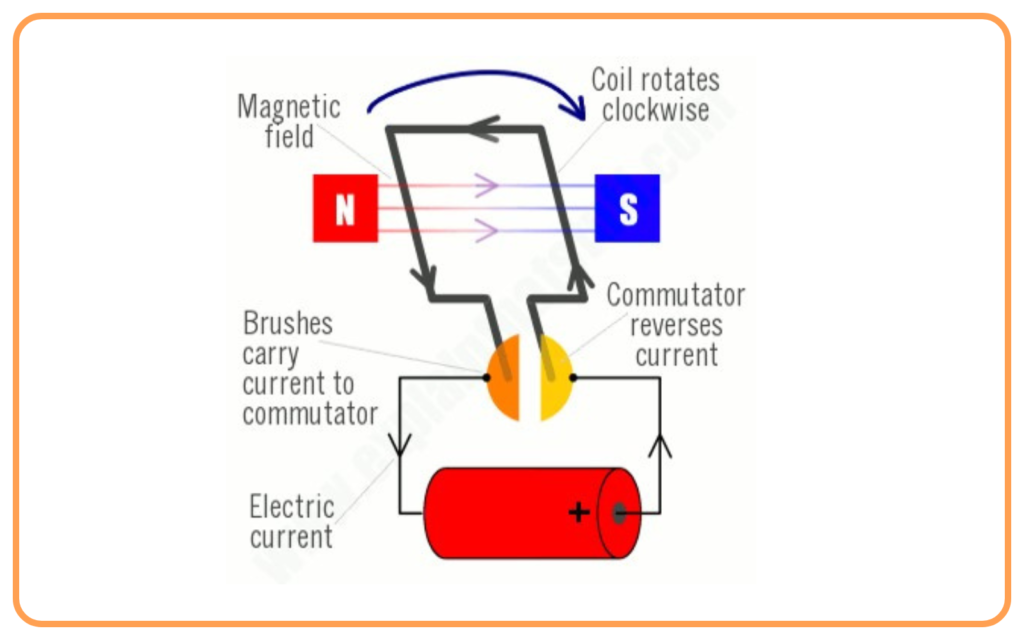
Diagram of an Electric Motor
Ensure you understand and can label a simple diagram of a DC motor, including:
- Armature
- Commutator
- Brushes
- Battery
- Magnetic field (N and S poles)
- Direction of current and force
Applications of Electric Motors
Electric motors are widely used in:
- Household appliances: Fans, washing machines, refrigerators, mixers, etc.

- Industries: Machinery, conveyors, and tools.
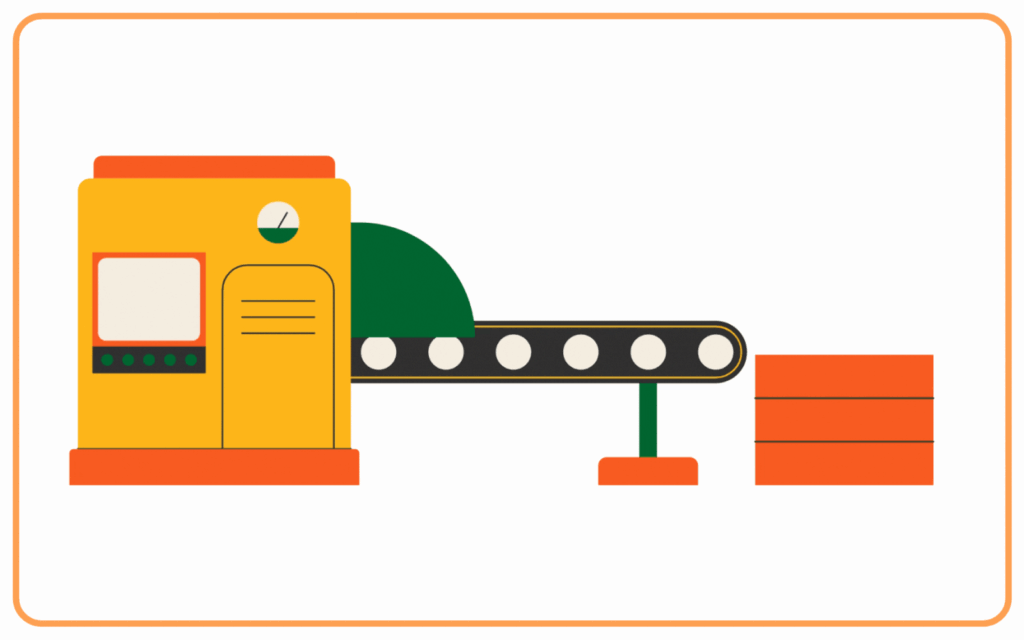
- Vehicles: Electric cars, trains, and elevators.
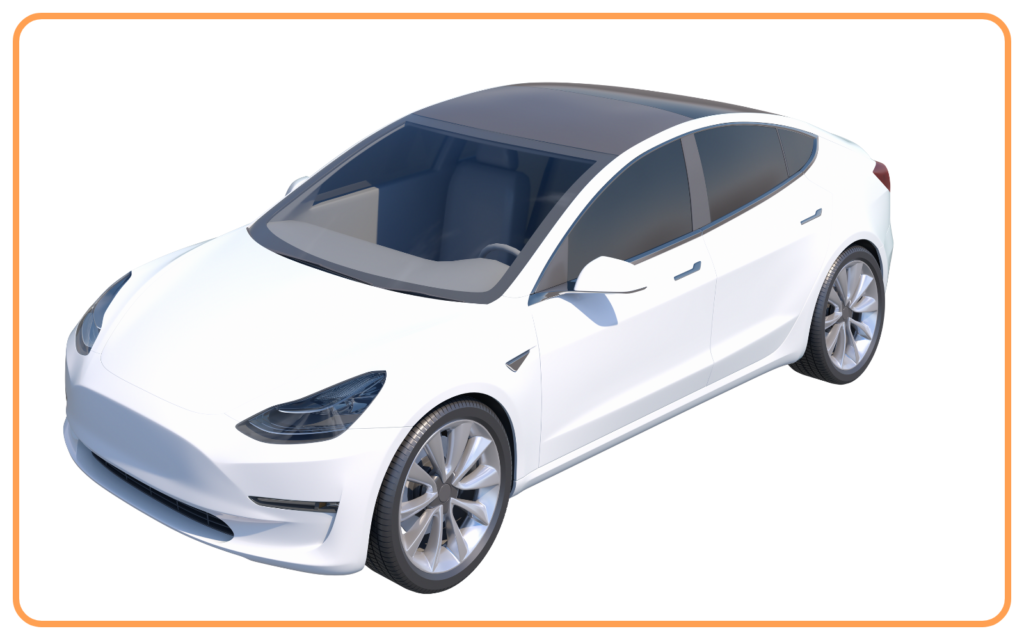
- Toys and small devices: Toys, fans, and pumps.
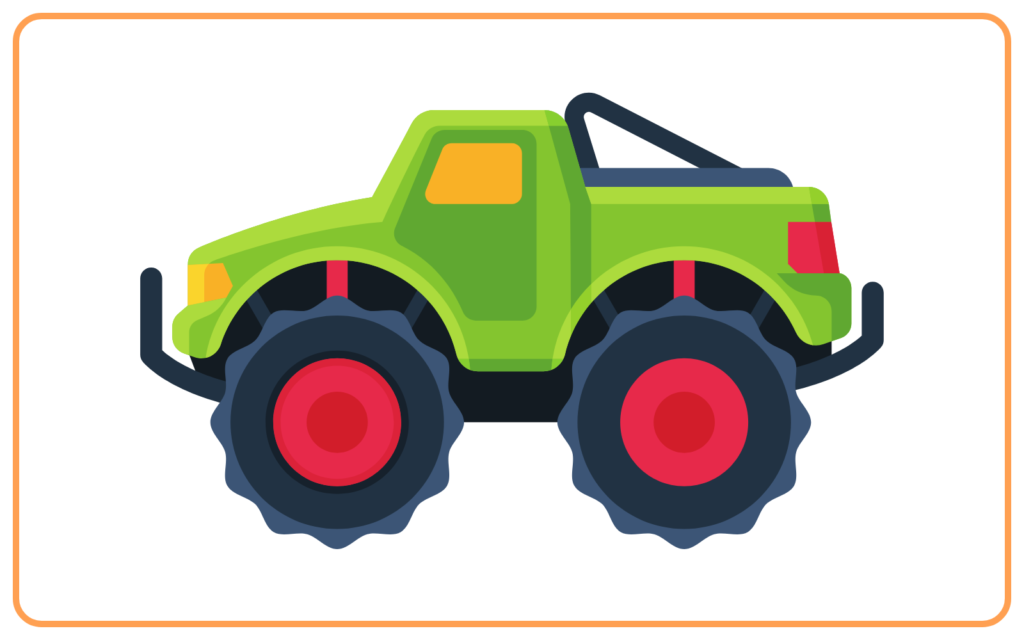
Key Points to Remember
- Energy Conversion: Electrical energy → Mechanical energy.
- Works on the principle of force on a current-carrying conductor in a magnetic field.
- The commutator reverses current to maintain continuous rotation.
- Fleming’s Left-Hand Rule determines the direction of force.
Conclusion
The electric motor is a key invention that plays a major role in our daily lives and industries, using simple physics principles to generate rotational motion.
Let’s practice!

